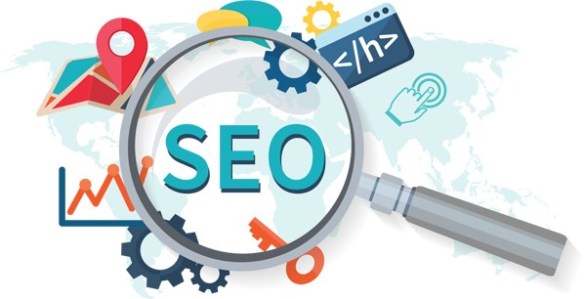How to Select the Technology Stack for Web Application Development
What is the most important thing
to consider when developing a world-class web application? Without a doubt,
this is the technology stack on which your application is based. Selecting a relevant
technology stack is particularly difficult for small businesses and start-ups,
as they generally have limited budgets and therefore need a technology stack
with the best relationship. Quality price for the execution of your projects.
Here is a Custom Web Application
Development Services Company New York. A Professional
web Development Company specializing in custom web app development.
The right technology stack is
highly key to the success of your project, while the underdeveloped selection
of web development technologies can be a source of failure. We've decided to
help and identify the criteria for choosing the most appropriate technology
stack for your web application.
What Is A Technology Stack For Web Development?
Before you proceed with the
criteria for selecting a stack of modern web technologies, you need to
understand clearly what the web development process is about.
Without going into details, web
development has two aspects: the client side and the server side. The client
side is also known as the front end. Server-side programming includes an
application (and a main programming language that controls it), a database, and
the server itself.
Client-side programming
Client-side Web development (ie,
the front-end) implies everything users see on their screens. These are the
main components of the front-end technology stack:
Hypertext Markup Language (HTML)
and Cascading Style Sheets (CSS). HTML tells a browser how to display the
content of a web page, while CSS styles model that content. Bootstrap is a
useful framework for managing HTML and CSS.
JavaScript (JS). JS makes
websites interactive. There are many JavaScript libraries (like jQuery,
React.js, and Zepto.js) and frameworks for faster and easier web development.
Server-side programming
The server side is not visible to
users, but provides the client side the way a power plant generates power for
their home.
The challenge lies mainly in
choosing server-side technologies for developing your web application.
As with server-side programming
languages, they are used to build the logic of websites and applications.
Programming language frameworks provide many tools for easier and faster
coding. These include some of the most popular programming languages and
their main frameworks (in brackets):
Ruby (ruby on rails)
Python (Django, bottle, pylon)
PHP (Laravel)
Java (spring)
Scala (play)
Node.js, a JavaScript runtime
engine, is also used for background programming.
The web application needs a
location for your data. For this reason, a database is used. There are two
types of databases: relational and non-relational databases (the latter are
divided into several categories), each with its advantages and disadvantages.
These are the most common databases for web development:
MySQL (relational)
PostgreSQL (relational)
MongoDB (not relational,
document)
A web application requires a
caching system to reduce database load and control large volumes of traffic.
How to Choose Huge Web Technology
After having a general idea of
what a web technology stack is, we would like to draw your attention to the
common practices that entrepreneurs and new vendors follow when choosing
technologies for their projects.
Although these approaches may seem
reasonable, following these procedures may result in the failure of the entire
project. What do companies generally rely on to pick a stack of technologies?
These are the most common methods to avoid:
Do not choose based on the experience of competitors
Learning from the experience of
your competitors may be the right strategy, but not if you choose a technology
stack. Remember that your project is unique and your ultimate goal is to beat
your competitors.
So how can you be sure that the
technology stacks used by your competitors are really adapting to your project?
If you make the wrong decision first, you probably need to modernize your
technology in the future, which is not cheap.
Do not choose based on your personal preference
You can rely on your personal
preferences when choosing a technology stack for a web application. However,
there is a catch: this approach works only for people with solid web
development experience.
For example, if you have relevant
web development experience or are technical leaders, your technological
preferences may be correct. However, if you do not have extensive knowledge of
the web development process, this strategy can fail because you run the risk of
selecting the wrong components for your technology stack.
Do not choose based on previous projects
Whatever the success of your
previous projects, you have achieved them in the past. The components of the
technology you used at the time may be outdated. In addition, their projects
are not identical: the stack of technologies used for one project may not be
appropriate for another project.
Do not choose based on the online search
Nowadays, the Internet is full of
surveys, comparisons, and other information that lets you pick a stack of
technologies for web applications. However, there is a problem: you will
probably find sources that represent exactly the opposite opinions and provide
seemingly strong evidence. Which source should we believe?
The choice of a technology
package is based on practical experience. You can only make the right decision
if you have applied certain technologies and know how they work. If your
knowledge is only theoretical and based on online research, your chances of
selecting relevant technologies are very low.
If you opt for a technology that
is entirely Internet-based, try repairing your car after reading the manual,
but without having practical experience. You can do well, but you will probably
have to suffer losses from the damage you cause.
Visit this HTML Pro






Comments
Post a Comment